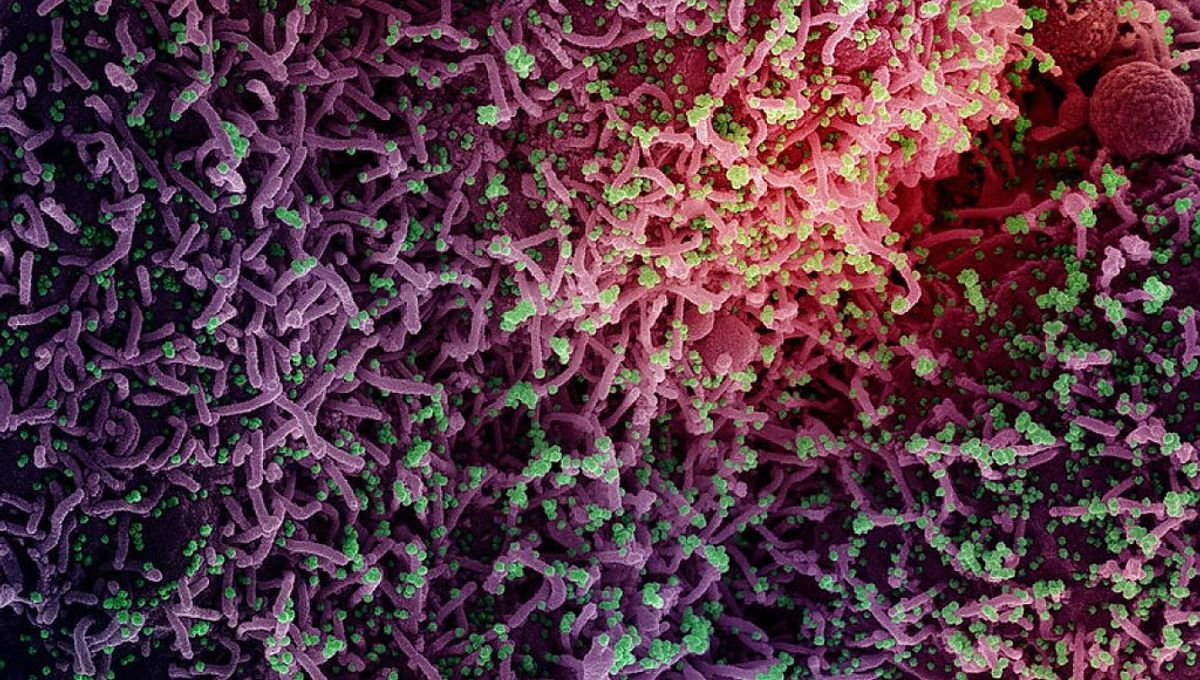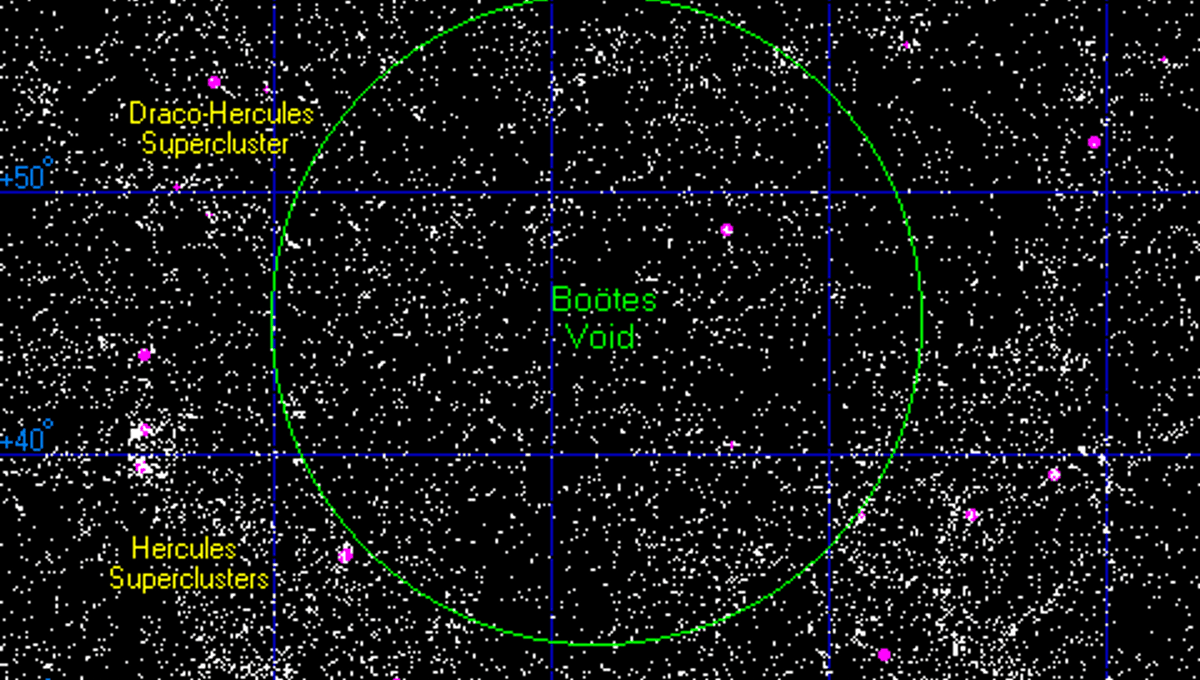The discovery of viruses began with a fascinating incident in 1876. Adolf Mayer, a German agricultural chemist, noticed a peculiar disease affecting tobacco plants. He suspected bacteria or fungi as the cause, but his tests and microscopic examinations yielded no results.
A breakthrough came in 1892 when Russian botanist Dmitri Ivanovsky made a significant finding. He discovered that the sap of the infected plant remained infectious even after passing through a bacteria-retaining filter. Although some believe Ivanovsky didn’t fully grasp the gravity of his discovery, he had indeed stumbled upon something new.
Independently, Dutch microbiologist Martinus Beijerinck replicated Ivanovsky’s experiments in 1898 and offered a slightly different interpretation. Beijerinck argued that the experiment demonstrated that tobacco mosaic disease was not caused by a bacterium, but by something he called a “contagium vivum fluidum,” or contagious living fluid. He then coined the term “virus” to describe the non-bacterial nature of the pathogen.
Around the same time, several other disease-causing agents were found to pass through the bacteria-retaining filter, including foot-and-mouth disease, rabbit myxomatosis, African horse sickness, and fowl plague. However, the exact nature of this “invisible” agent remained unclear.
One of the most significant moments in virology history was the identification of the cause of yellow fever. During the Spanish-American War of 1898, the US army was devastated by yellow fever when they arrived in Cuba. Through the work of Walter Reed, James Carroll, Aristides Agramonte, and Jesse William Lazear, it was proven that the disease could be transmitted through filtered blood serum from an infected patient. This discovery made yellow fever the first human infectious disease attributed to a virus.
It wasn’t until 1931, with the invention of the electron microscope, that scientists were able to visualize viruses. Once again, the tobacco mosaic virus claimed the honor of being the first virus captured in an image.
Another significant moment occurred in the 1950s with the work of Rosalind Franklin. Using X-ray crystallography, she defined the structure of the tobacco mosaic virus as a single-stranded RNA molecule bounded by a protein membrane. Her other contributions helped establish the double-helical structure of DNA, although James Watson and Francis Crick received most of the credit for this discovery.
Even after over a century since their discovery, viruses continue to puzzle, amaze, and cause devastation. There is ongoing debate about whether viruses are considered “living” entities. While they are effectively parasites that require a living cell for reproduction and cannot grow independently like bacteria, they are composed of DNA or RNA, the building blocks of life as we know it.
Most scientists currently believe that viruses meet enough criteria to be considered “living,” although they continue to surprise us with new discoveries.
All “explainer” articles are confirmed by fact checkers to be correct at the time of publishing. Text, images, and links may be edited, removed, or added to at a later date to keep the information current.








